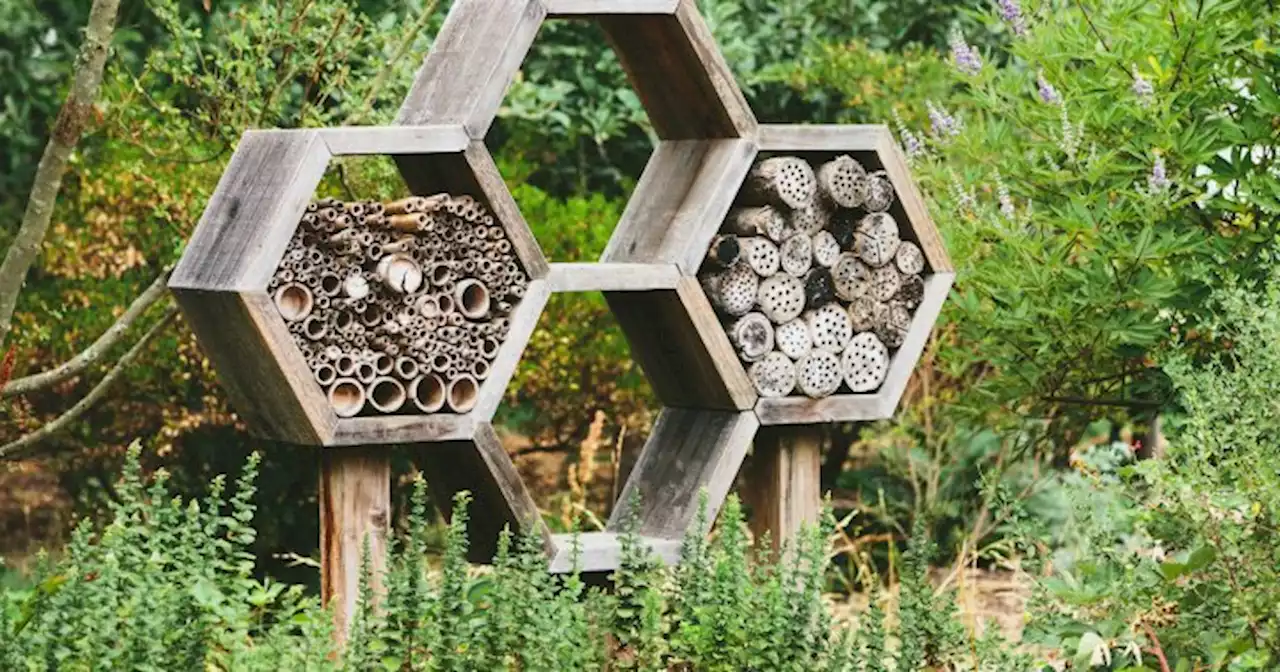Here's how we can support biodiversity in our own gardens and create living greenways—and why that's so important for our planet's health. 🌱
Habitat fragmentation occurs when large expanses of land are broken into smaller, isolated parcels. Trees are cut, houses are built, cities expand, and industry and conventional farms replace wilderness. The thing is, habitats rely on connectivity. When we carve up landscapes, we disenfranchise whole groups of plants and animals, cutting them off from the wonderfully complex systems upon which they rely.
Thoughtfully planted gardens are veritable lifelines for rewilding our home planet, reminding us that what is local is global.found that our urban and suburban landscapes are potential havens for biodiversity. Farm fields may be feast or famine for wildlife, but villages, towns, and cityscapes are filled with habitat—an abundant and diverse range of plants and flowers blooming through the seasons.
Nature is the best at rewilding. We're merely doing what we can to keep up, help out, and mimic her ways, using techniques such as companion planting, interplanting, growing a food forest, creating edges and ecotones, and building homes for wildlife.
Begin with a commonsense approach and work with plants' growth habits and maturation times to increase productivity and optimize space. To do this, grow taller plants such as sunflowers at the north end of beds, sun-loving crops to their south, and plants that require afternoon shade such as leafy greens and parsley to the north of both.
Native Americans historically interplanted a set of crops they called the three sisters. Have you heard of them? It's the combination of corn, beans, and squash, and the numerous legends of the three sisters revolve around their bond and relationship to one another. To grow a three-sisters garden, simply sow beans around corn and plant squash at their feet. The corn is sturdy and rises tall, providing the support that pole beans need.
